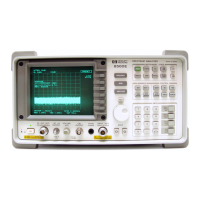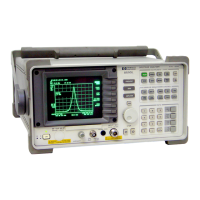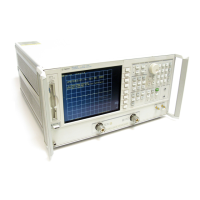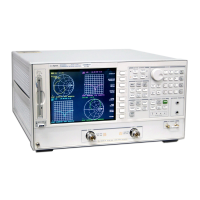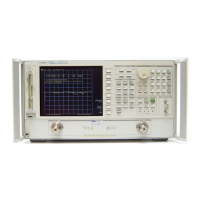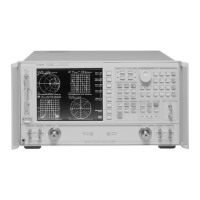How to Log Results VISA Programming Examples
Agilent 8163A/B, 8164A/B & 8166A/B Mainframes, Fifth Edition 207
How to Log Results
This example demonstrates how to use logging functions.
Install a Power Sensor in Slot 1, before executing this example.
#include <stdio.h>
#include <stdlib.h>
#include <string.h>
#include <visa.h>
#define MAX_LOG_VALUES 4000 /* max number of values the
instrument is able to log */
#define HEADER_SIZE 7 /* includes 6 bytes header and 1 CR */
/* function prototypes for this examples/*
/* function for a simple error handling explained in example 1 */
void checkError(ViStatus session, ViStatus err_status );
/* initialize the visa interface */
ViStatus InitVisa ( ViSession *iHandle);
/*globals*/
static unsigned char logBuffer[MAX_LOG_VALUES * sizeof(ViReal64) +
HEADER_SIZE];
/*array for the float results */
static ViReal32 logResults[MAX_LOG_VALUES];
void main (void)
{
ViStatus errStatus; /* returned error code from visa call */
ViSession vi; /* current session handle */
ViChar replyBuf[256]; /* buffer holding answers from the
instrument */
ViChar c; /* used in the keyboard wait loop */
ViInt32 slot; /* slot number where the power meter is
plugged */
ViInt32 chan; /* channel to be logged */
ViInt32 i; /* loop counter */
ViInt32 noOfValues; /* number of values to be logged*/
ViReal64 averagingTime; /* aveaging time used in a logging cycle
*/
ViPChar replySubStr; /* pointer to a substring of the
instruments reply */
